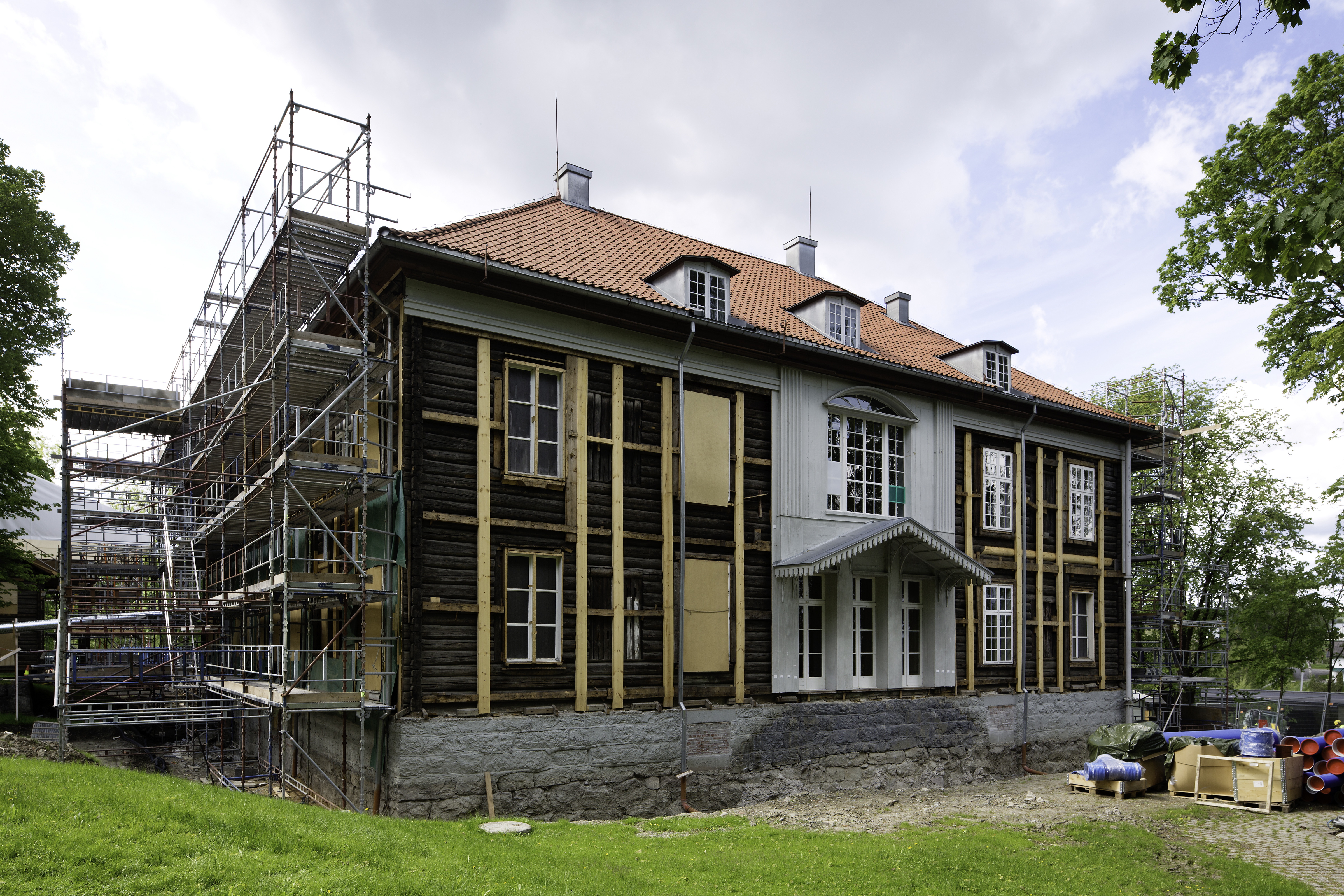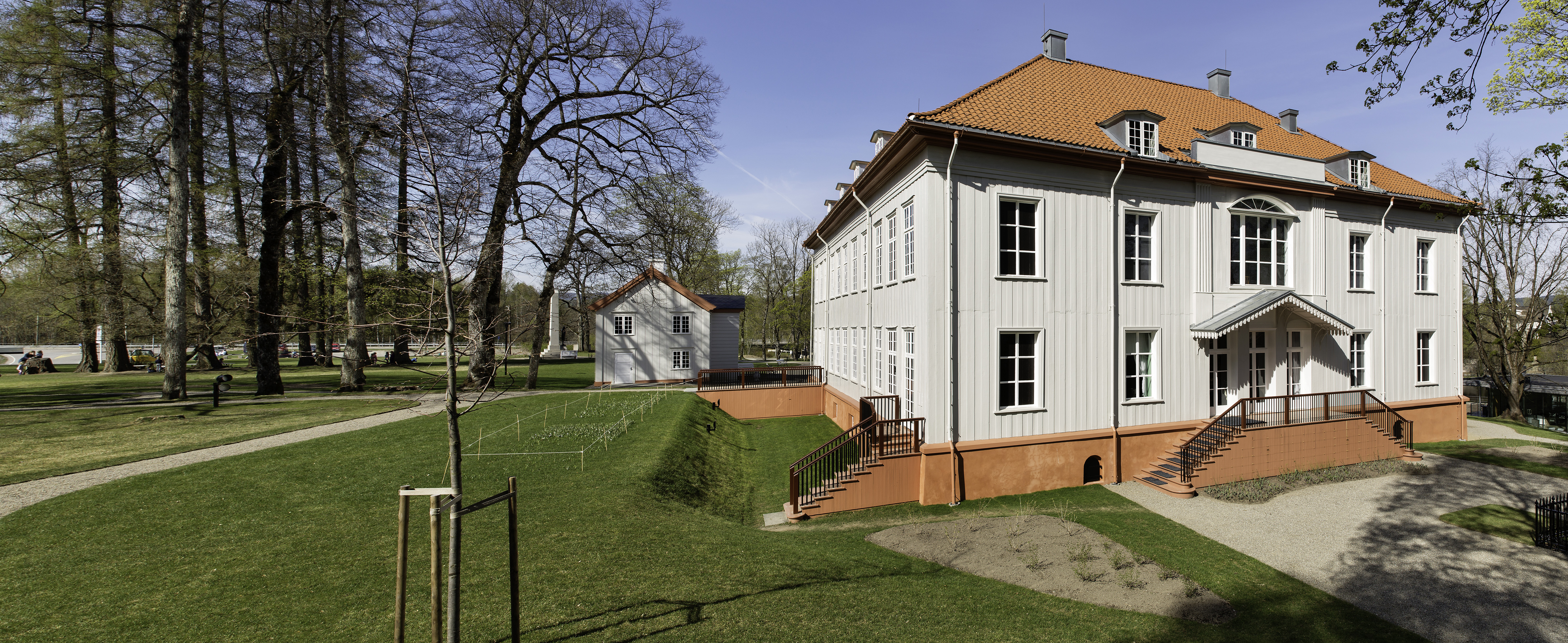Eidsvoll House - birthplace of an independent Norway
Eidsvoll House has a unique place in Norwegian history. Here the independent Norway was reborn and its constitution was drawn up in 1814. The owner of the ironworks, Carsten Anker, placed his home at the disposal of the National Assembly. The building was one of the largest and ...
Read more
Project details
Description:
Eidsvoll House has a unique place in Norwegian history. Here the independent Norway was reborn and its constitution was drawn up in 1814. The owner of the ironworks, Carsten Anker, placed his home at the disposal of the National Assembly. The building was one of the largest and most modern private residences in Norway. Subsequent repairs and restorations have changed much of the original character of the building. The aim of the restoration before the Constitution anniversary in 2014 was to restore the building to the state from 1814. The scope of the project was to repair the extensive rot damage, reconstruct the facades and the basement with kitchen and servants' quarters and to restore the interior. Reconstruction is based on actual finds in the buildings and a rich material of sources. After restoration the building now allows for a much better understanding of the backdrop to the National Assembly.
Similar projects
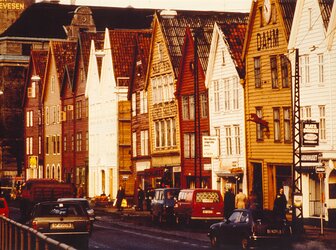
Middle Ages
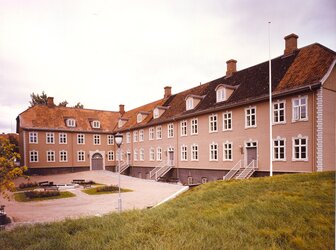
19th century
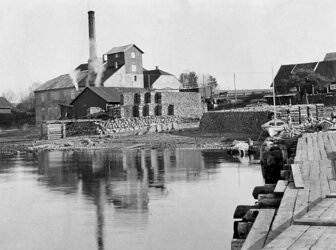
1855
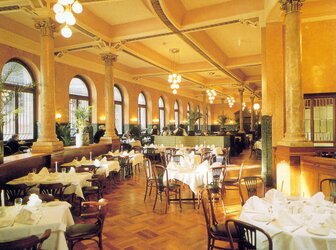
19th-20th century
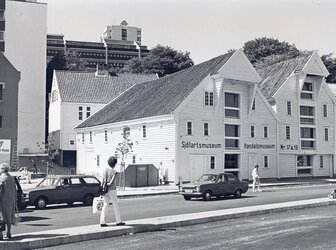
19th century
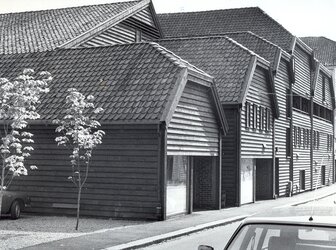
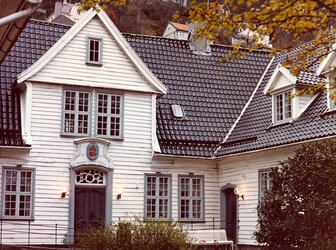
18th century
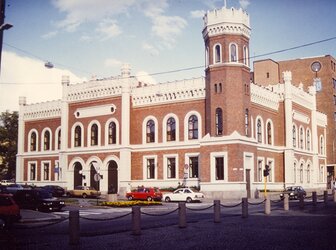
19th century
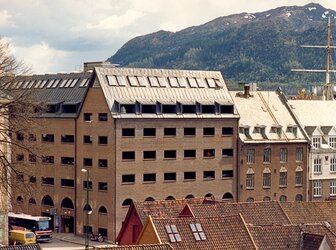
Middle-Ages
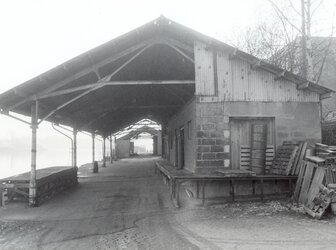
19th century
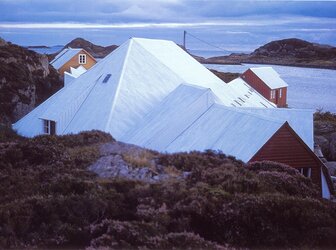
19th century
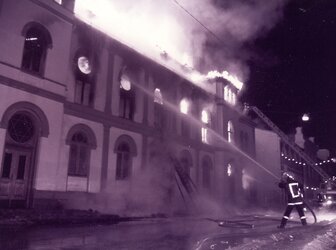
19th century
